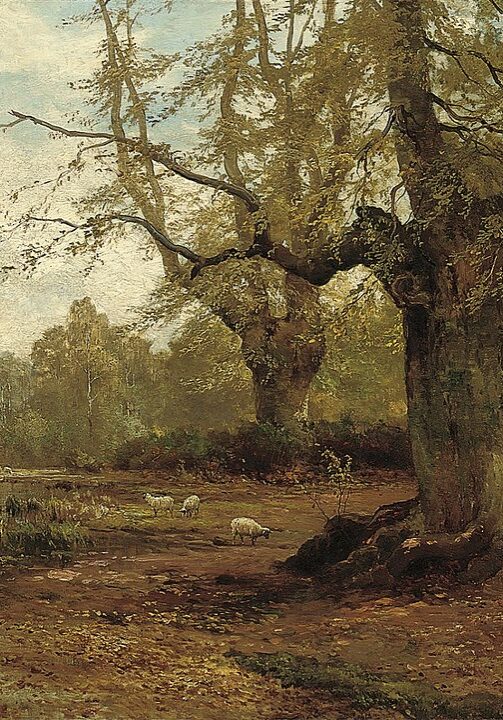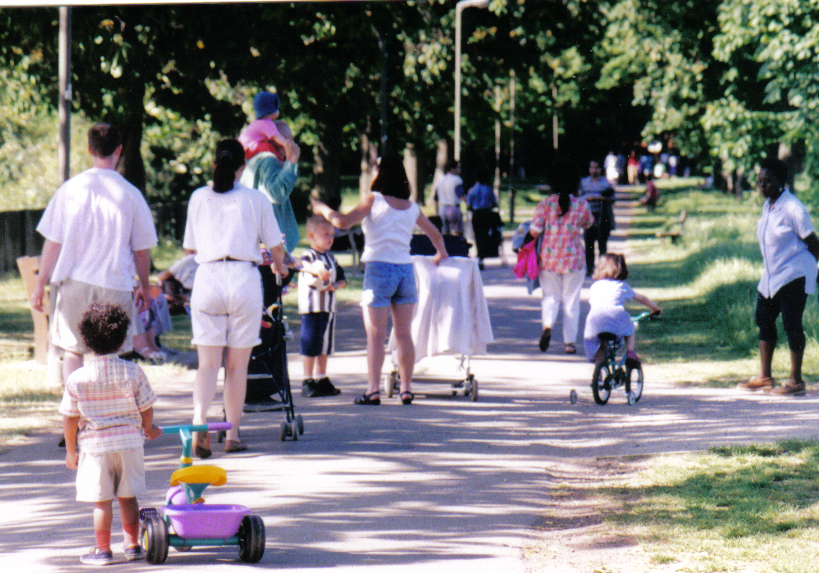The Open Spaces Society played a vital part in saving millions of acres of land for the public. It started life in 1865 as the Commons Preservation Society.
Commons are a special type of land: on them commoners—persons other than the owner—have rights to collect wood, graze animals or dig peat for instance. They are a survival from the Middle Ages which the public now has the right to enjoy.
Much of England and Wales was once common, but in the Tudor period land was made into sheepwalks and after about 1700 more was enclosed by parliamentary acts. Land was required to be left for the commoners but little was. In the mid-nineteenth century, the pressures on commons shifted from agricultural exploitation to development, while the population of the expanding cities needed green space for recreation.
At this turning point for commons, the Commons Preservation Society emerged.
In response to the threats to the London common, parliament established a committee ‘to inquire into the best means of preserving for the use of the public the Forests, Commons and Open Spaces in the neighbourhood of London’ (the 1865 Committee). George Shaw-Lefevre (later Lord Eversley), founder of the Commons Preservation Society was a member.

The Open Spaces Society persuaded the City of London Corporation to buy the common known as Burnham Beeches, in 1880 to protect it as open space.

The 1865 Committee took evidence about Hampstead, Blackheath, Barnes, Wandsworth, Tooting, Epsom, Banstead and Hackney Commons, and Epping forest. The commons were being used for gravel pits, rubbish dumping and the like. Some lords of the manors deplored their inability to deal with these abuses; others hope that this would enable them to enclose the land.
The 1865 Committee proposed to amend the law so as to prevent any further metropolitan enclosures. Fearing this, the lords of the manors of London commons, having failed to persuade the committee that the commoners’ rights had lapsed through non-use, began to enclose the commons. This was the catalyst for the creation of the Commons Preservation Society, which held its first meeting at Shaw-Lefevre’s offices in the Inner Temple on 19 July 1865.
The society immediately began fighting the enclosures. It identified well-heeled commoners who were prepared to defend the commons in the courts. The cases were promoted locally but under the direction and management of the society’s solicitor Philip Lawrence, and later Robert Hunter. They presented their cases in a sequence calculated to secure hearings from the most favourable judges.
Parliament did not act on the recommendations of the 1865 Committee. However, in 1866 it passed the Metropolitan Commons Act which enabled regulation of any common in the Metropolitan Police District and its management by conservators elected by the ratepayers. The consent of the lord of the manor was not necessary for such a scheme but it had to be approved by parliament. The 1866 act greatly reduced the flow of enclosures.
